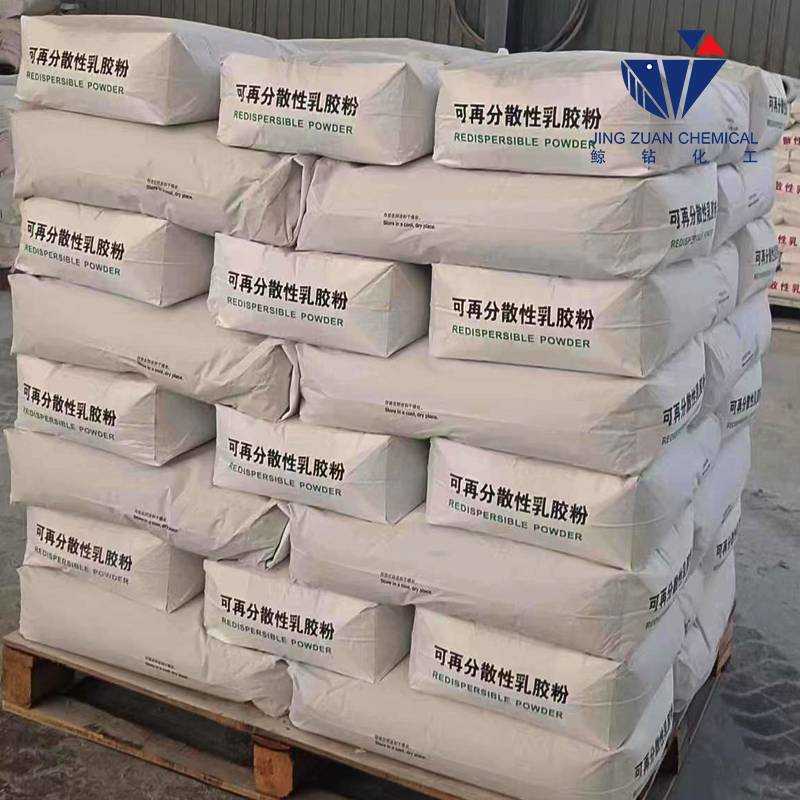
дец . 10, 2024 05:25 Back to list
china hpmc-hydroxypropyl methyl cellulose
The Versatility of Hydroxypropyl Methyl Cellulose (HPMC) in Various Industries
Hydroxypropyl Methyl Cellulose, commonly referred to as HPMC, is a semi-synthetic polymer derived from cellulose, a natural polymer found in the cell walls of plants. Since its introduction to various applications, HPMC has gained significant traction in diverse industries due to its unique properties and versatility. This article aims to explore the various applications of HPMC and the reasons for its widespread usage.
Properties of HPMC
HPMC is prized for its water solubility, film-forming abilities, and non-toxic nature. These traits make it an essential ingredient in pharmaceuticals, construction, food, and personal care products. Its molecular structure allows it to form a gel-like consistency when mixed with water, making it an effective thickening agent. Additionally, HPMC is stable across a wide range of pH levels and temperatures, which broadens its applicability across different fields.
Applications in Pharmaceuticals
One of the primary sectors where HPMC is utilized is pharmaceuticals. In the formulation of tablets, HPMC serves as a binder, ensuring that the ingredients adhere together effectively. Furthermore, it acts as a controlled-release agent, enabling the gradual release of active ingredients within the body. The polymer’s low viscosity and good spreadability make it ideal for formulating topical gels and creams, enhancing the bioavailability of certain medications.
HPMC's role in the pharmaceutical industry is not limited to solid formulations. The polymer is also used in the preparation of eye drops due to its ability to retain moisture and enhance ocular comfort. The hydrophilic nature of HPMC provides lasting lubrication, which is essential for patients requiring relief from dry eyes.
Use in Construction
china hpmc-hydroxypropyl methyl cellulose

In the construction industry, HPMC is utilized primarily as an additive in cement and tile adhesives. It improves workability, allows for extended open time, and enhances the adhesion properties of construction materials. The water-retaining capacity of HPMC minimizes shrinkage during the curing process and improves the overall durability of the structure. Additionally, HPMC is used in other applications such as spray plaster, wall putty, and joint fillers, showcasing its versatility in construction.
Role in Food Products
In food technology, HPMC serves as a food additive, classified under the code E464. It is often employed as a thickener, emulsifier, or stabilizer in various products. The ability of HPMC to create a stable emulsion contributes to the texture and mouthfeel of food items such as sauces, dressings, and dairy products. Its low caloric value and high viscosity make it an attractive ingredient for low-fat food formulations.
The use of HPMC in maintaining food quality is evident in its application in gluten-free products. As a substitute for gluten, HPMC helps in achieving the desired elasticity and texture, making it a favorite among manufacturers aiming to cater to the growing market for gluten-intolerant individuals.
Importance in Personal Care Products
HPMC is prevalent in the cosmetics and personal care industry, where it is employed in products such as lotions, shampoos, and toothpaste. Its thickening properties help achieve the desired consistency and stability of these formulations. Moreover, HPMC acts as a film-forming agent, providing a smooth application experience and enhancing the overall aesthetic appeal of cosmetic products.
Conclusion
The versatility of Hydroxypropyl Methyl Cellulose is evident across various industries, from pharmaceuticals and construction to food and personal care. Its unique chemical properties and functional attributes have solidified its position as a key ingredient in many formulations. As industries continue to seek efficient and eco-friendly alternatives, HPMC is poised to remain a vital component, paving the way for innovation and improvement in product quality. With ongoing research into its applications, the future of HPMC appears promising, further enhancing its role in diverse fields.
-
Unlocking the Benefits of HPMC Products: A Gateway to Versatile Applications
NewsAug.07,2025
-
Unleashing the Potential of HPMC Ashland: A Comprehensive Look
NewsAug.07,2025
-
Tile Bonding Cellulose: The Key to Superior Adhesion and Durability
NewsAug.07,2025
-
Hydroxypropyl Methylcellulose Powder: The Versatile Component in Modern Pharmaceuticals
NewsAug.07,2025
-
Hydroxyethyl Cellulose: The Versatile Solution for Various Industries
NewsAug.07,2025
-
Hydroxyethyl Cellulose (HEC): The Versatile Polymer for Various Applications
NewsAug.07,2025







